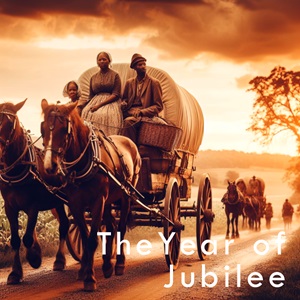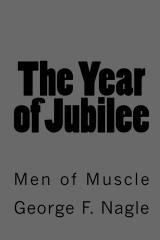
Study Areas:
Enslavement
Anti-Slavery
Free Persons of Color
Underground Railroad
The Violent Decade
US Colored Troops
Civil War
Year of Jubilee (1863)
20th Century
Supplement: Human Interest Stories
Pregnant and on the Run
On a Saturday in mid-November 1799, two women took the turnpike road out of Lancaster Borough and headed southwest toward Philadelphia. They probably drew their bonnets close and maintained a brisk pace along the narrow road the took them increasingly farther from the newly designated state capital of Pennsylvania. Their haste and demeanor might have been interpreted by neighbors and passers-by as an attempt to ward off November's chill air, but these two women had other reasons to shield their faces and move quickly out of town. Lancaster was, at that time, still a relatively small trade and market town of about 4,000 residents, and people tended to know and recognize their neighbors. Recognition was exactly what these two women were hoping to avoid on this day.
At least one of the women carried a bundle, which would not, in itself, have elicited suspicion. Lancaster was a booming market town, to which rural farmers, craftsmen, and artisans regularly brought goods to sell. Its residents were used to seeing large numbers of strangers on their roads, burdened with bundles, bags, and boxes. Residents might have taken more notice, but only a little, of their dark skin color.The two women were African American; two of a small population in Lancaster, but two of nearly a thousand in the county, some of whom were enslaved. Although whites during this era often harbored an intense distrust toward people of color, the knowledge that slave holders and white employers frequently sent their African American servants to town on errands probably reassured them that these women were simply on thier masters' business.
They were not servants on a master's business, of course. They were runaway slaves, and one of them was nearly seven months pregnant.
Jane was the younger of the two women, by a good sixteen years. She was the one who had packed well for the journey, bringing three gowns, four petticoats, three pairs of shoes, a heavy cloak and "sundry shortgowns and Linsey clothing." Perhaps they also had food and a few small necessities. Lid (perhaps short for Lydia), who was old enough to be Jane's mother, at thirty six year of age, wore only the clothes on her back. And she was the one who was pregnant.
Though owned by two separate Lancaster businessmen, they had escaped together, and now were on the open road, pursuing freedom and the chance for a new life. But they had far to travel. They probably hurried, knowing their absence would likely be noticed before much time had passed, and their haste served them well. They reached Philadelphia long before the following advertisement was printed in the Lancaster Intelligencer and Weekly Advertiser, a few days before Christmas:
Thirty Dollars Reward. RAN away, on the 16th November last, two Negro wenches, viz. one named LID, between 36 and 37 years of age, 5 feet 6 or 7 inches high; was pregnant; had on, when she went away, a black Joans-spining petticoat, one of red Durant under it, a purple Calico shortgown, white Kenting handkerchief, with one of black gause over it, a book muslin cap, black silk bonnet, white cotton hose, and a pair of half-worn calf-skin shoes.
The other, named JANE, 19 or 20 years of age, about 5 feet 8 inches high; took with her 3 Gowns; viz. one blue and white striped; one black and blue broad striped ditto; and one of white Muslin; one blue moreen, one black and one white durant, and one quilted Petticoat, one black and one pink silk Bonnet, one pair black leather, one pair yellow, and one pair blue morocco Shoes, one black mode Cloak, with sundry shortgowns and Linsey clothing, not recollected. It is supposed they have gone to Cecil county, Maryland, or the Delaware State.
Whoever apprehends the above Negro wenches, and secures them that their Masters may have them again, shall be entitled to the above reward, or fifteen Dollars for either, and reasonable charges if brought home; which will be paid by the Subscribers, in the Borough of Lancaster.
GEORGE MUSSER.
WILLIAM KIRKPATRICK. Dec.23.
(Lancaster Intelligencer & Weekly Advertiser, January 01, 1800.)
A month later, when their advertisement yielded no results, Musser and Kirkpatrick enlisted the help of George Musser's son-in-law, John Singer, a Philadelphia wholesaler of hides and leather. Singer placed a nearly identically worded runaway ad in the Philadelphia Aurora & General Advertiser, adding the information "They were seen in Philadelphia a few days after they absconded."
To be continued...
Read about the escaped enslaved persons from Pennsylvania in The Year of Jubilee, Volume One: Men of God.
Availability
Although the Year of Jubilee is no longer in print, used copies may be found. You may also read it directly from this site. Just click the cover image to begin reading.


